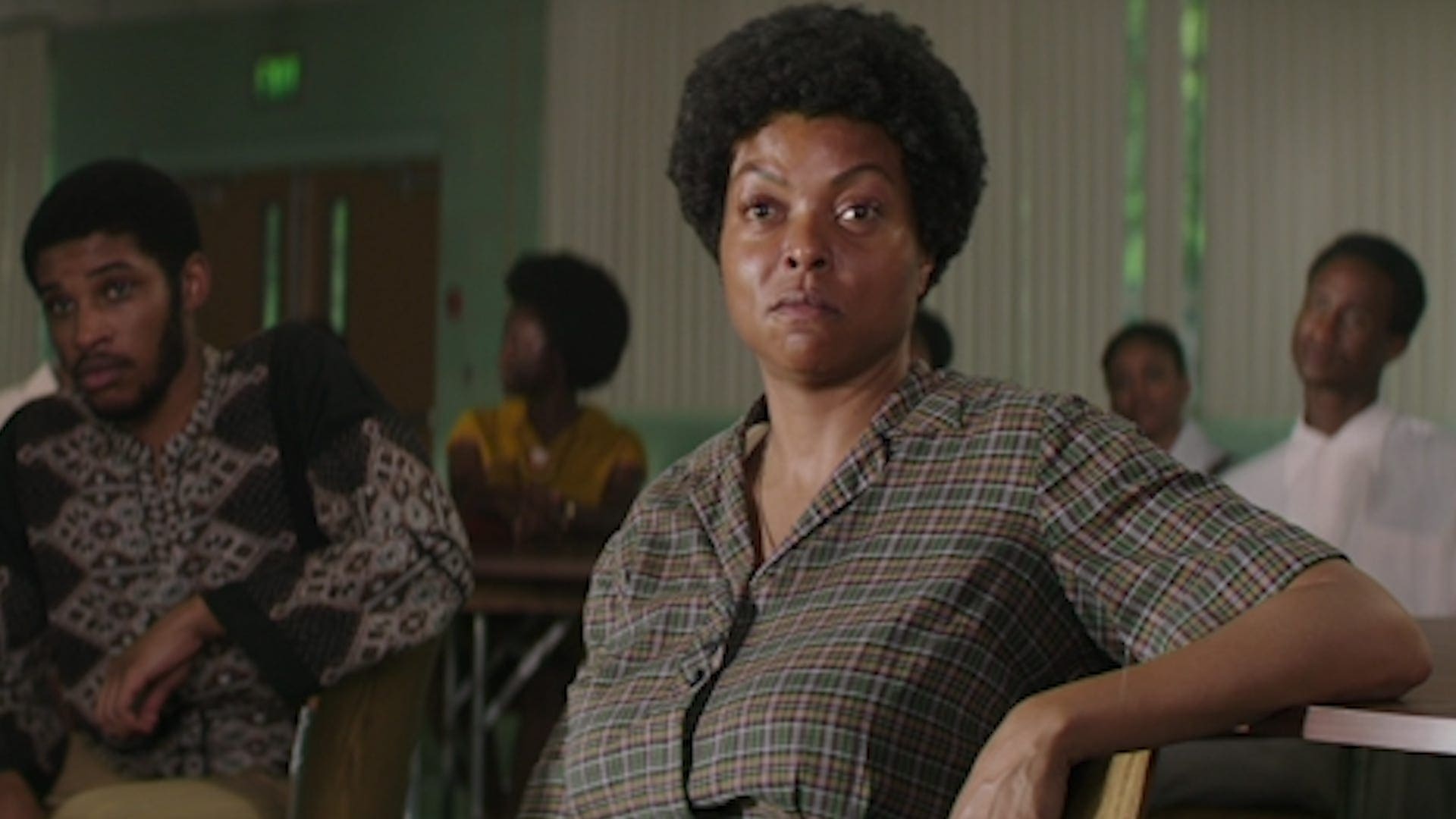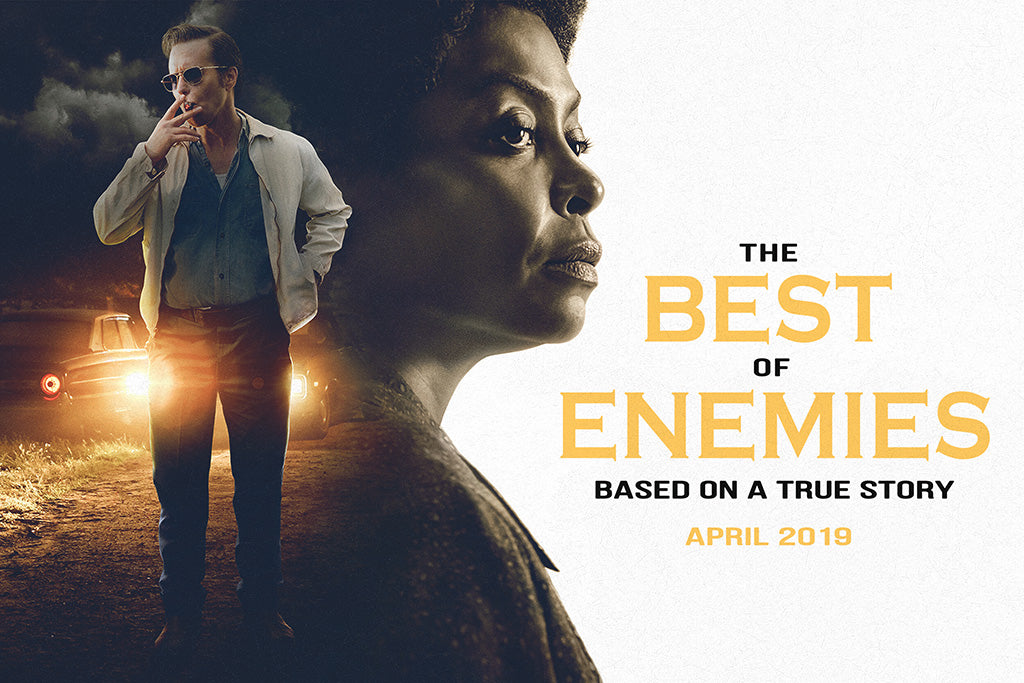


Ironically, the documakers emphasize early on, this epochal event was less a primetime innovation than a product of desperation. After limited theatrical play and pubcast rotation, the film should enjoy a long shelf life as a teaching tool in broadcasting, political science and communications studies courses. and liberal gadfly Gore Vidal, is both fascinating as a glimpse at the not so distant past, and provocative as an account of what arguably was an early step in the decline of political discourse on television. It is very much to the credit of co-directors Morgan Neville and Robert Gordon that their “Best of Enemies,” a thoroughly engrossing and surprisingly entertaining documentary about the notorious 1968 televised clash between conservative icon William F. This article was amended on 13 December 2021 to correct Robert Gordon’s name, given earlier as Robert Morgan.It may be difficult to recall (or imagine) a time when an uncivil war of words between politically disparate intellectuals was sufficiently novel to generate massive media coverage and score impressive Nielsen numbers.
#Best of enemies documentary trial
Parts of the second half, set at the Democrat convention in Chicago, may seem over-familiar to viewers of Aaron Sorkin’s film The Trial of the Chicago 7, but Graham proves that he stands with Sorkin as our best dramatic interpreters of the interplay of media and politics.Īt the Young Vic, London, until 22 January. A time-jumping epilogue suggests that the 1968 debates may have made televisual visibility such an asset to candidates that it led to hosts of Have I Got News for You? and the US version of The Apprentice running major democracies. Each man was, by the standards of the time, in the “wrong” party for his background: a political trend that has continued.Īs has another. Vidal throws one jibe about the Vatican, but Graham might have made more of how the Democrat’s haughty disdain for his rival came from viewing him as a social and religious inferior and establishment interloper. When Buckley and the novelist James Baldwin are on stage together, white racism and African-American pride are simultaneously being represented by actors of colour.Īpart from Harewood’s electrifying stage presence, a justification for this pictorial revisionism is that Buckley did experience a form of prejudice and institutional isolation in a Republican party of entitled white Protestants, he was Roman Catholic.

But in plays that aim elsewhere for photo-realism – the show’s Andy Warhol, Aretha Franklin and Bobby Kennedy reliably match the archives – audiences are asked to make an adjustment in how they visually read a production. Photograph: Wasi DanijuĪs a means of equalising opportunity for actors, there is no reasonable argument against racially fluid casting.

Photo-realism … a Kennedy speech in Best of Enemies. He exactly captures every aspect – drawl, lolling posture, facial tics – of the Republican’s awkward broadcasting persona, except for one element in the room. Charles Edwards’ Vidal delivers a near-perfect soundalike and acceptable lookalike, while Buckley, who can be seen as the epitome of a privileged white right-winger, is portrayed by the black British actor David Harewood. The roar of complex thoughts and challenges to orthodoxy is so enthralling that it makes Radio 4’s Today programme sound like CBeebies.īut Graham and director Jeremy Herrin (with characteristic pace and clarity) crucially give this media archaeology a contemporary framing. In a play inspired by Morgan Neville and Robert Gordon’s 2015 documentary about the encounters, Graham suggests that these ideological antler-locking head-to-heads were influential on multiple levels – popularising bitter, unbridgeable gulfs between conservative and liberal America that still endure making TV, rather than legislatures, the national debating chamber and, through ABC’s Buckley-Vidal ratings triumph, creating a US peak-time triopoly – with NBC and CBS – lasting until the protagonist of Ink launched Fox News.Īt one very enjoyable level, Best of Enemies is – in the line of earlier Graham work and Peter Morgan’s Frost/Nixon – historical karaoke, recreating verbatim choice ideas and insults from the studio duels.


 0 kommentar(er)
0 kommentar(er)
